It was 8:30 on a May morning. A group of fish farmers was busy harvesting Baijiao sea bass, an iconic species named after a town in Doumen District, the largest sea bass-producing area in China. As the price of sea bass continues to rise in 2025, the farmers are pleased with their profits, which could exceed 200 thousand RMB for a single pond.
Yang Weixue, the owner of a sea bass farm, entered the business two years ago after learning about the success of a friend who is also a local sea bass farmer. "I saw promising opportunities in this industry," he said. Yang's confidence is backed by a robust and well-established local sea bass industry. So far, more than 2,000 households have engaged in sea bass farming in Doumen, boosting the annual output to over 150,000 tons and the annual output value to 3.5 billion RMB.
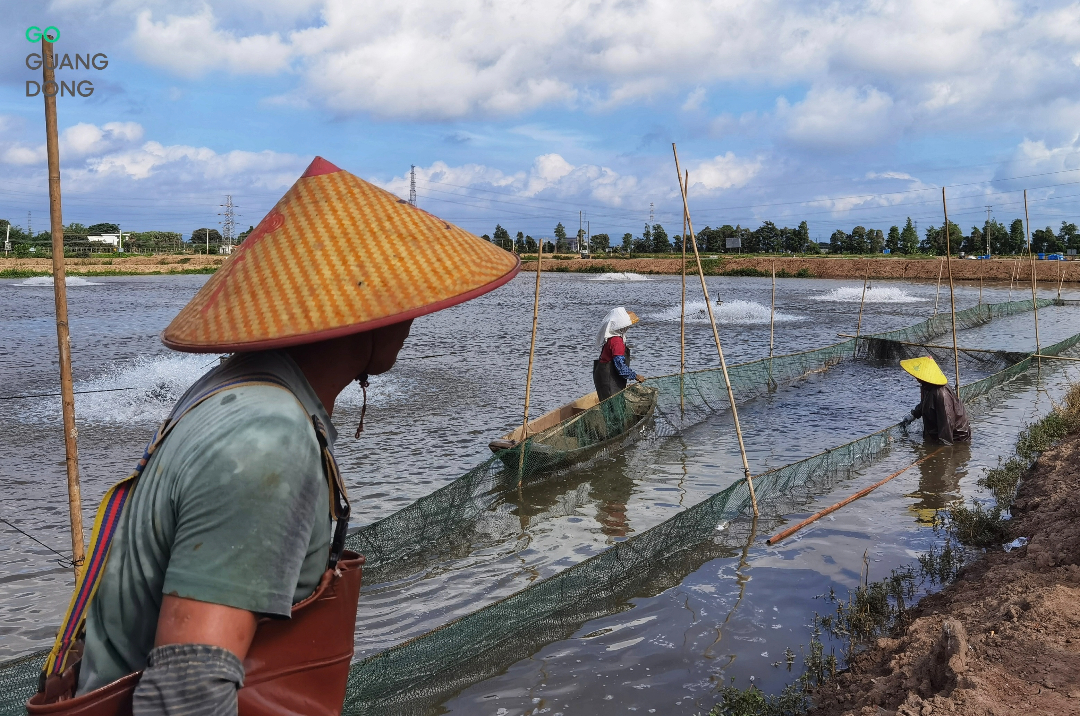
Successful sea bass farming requires experience and technical support
Doumen farmers started sea bass farming since the 1980s, a time when the local economy was still reliant on its sugar industry. Located at the estuary of the Pearl River, Doumen offers a favorable warm climate and brackish water environment for sea bass, allowing them to grow twice as fast as their wild counterparts and reach market size in just 10 months. In 2009, the Baijiao sea bass was designated as a nationally protected geographical indication product, and Baijiao Town was named the "Hometown of Chinese Sea Bass" the following year.
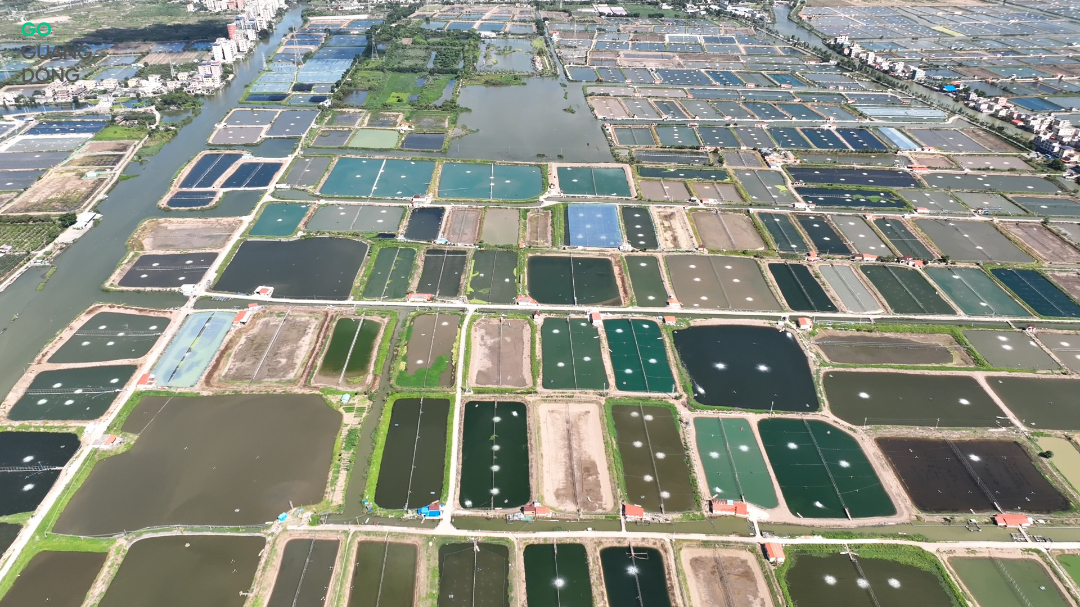
Baijiao Town, the Hometown of Chinese Sea Bass
Partnerships boost farmers' incomes
Yang believes that successful sea bass farming requires experience and technical support. He admitted that his first year was challenging due to inexperience, saying, "Rainy or humid days, for example, can lower oxygen levels in the water, affecting the fish's digestion and causing losses." In this regard, he highlighted the support available through the partnership with local agricultural companies, through which he can reduce risks and increase profits.
The partnership model between farmers and companies has become popular in Doumen. "We enable farmers to focus on raising up sea bass well, while we can handle the rest for them," explains Zeng Wenyong, Technical Manager at Zhuhai Haichuan Agriculture Co., Ltd. His company provides farmers with fry, feed, and technical services, setting guaranteed purchase prices, and manages nationwide distribution through established sales channels. It also offers feed on credit to ease financial pressure on farmers, with technical teams providing ongoing assistance. This approach helps lift farmer incomes and boost corporate profits.
To date, Haichuan has helped more than 100 farming households increase their earnings, achieving an annual output of over 100,000 tons. Equipped with advanced machinery such as precision grading and ice-crushing systems, its distribution network handles over 25,000 tons in annual transactions, with sales exceeding 500 million RMB. In Baijiao, leading companies, cooperatives, and farmers work closely together under models such as "company + base + farmer", boosting both corporate efficiency and farmers' incomes.
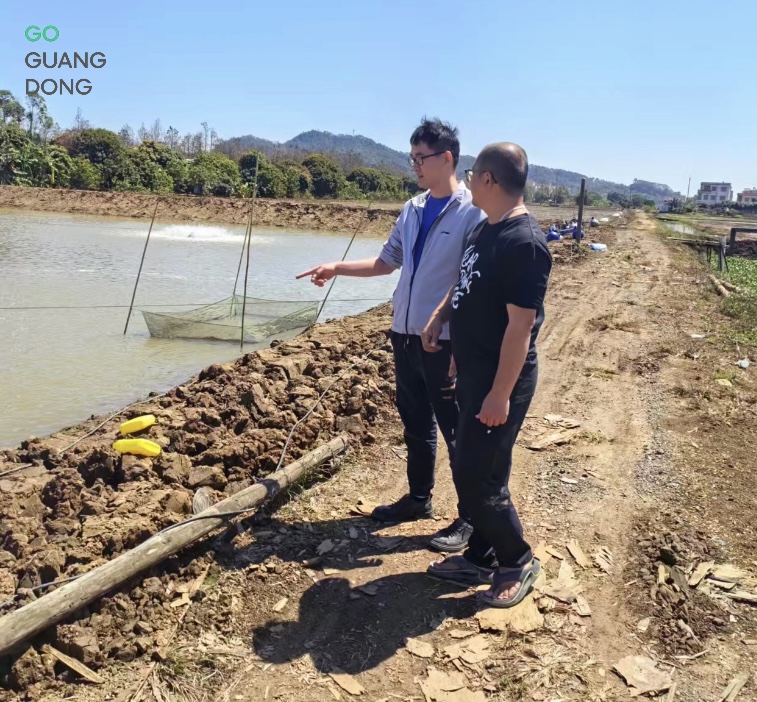
Zeng Wenyong assists a fisherman in rescuing fish from mass mortality.
Technology fuels sea bass industry's market reach
The selling of Baijiao's sea bass was once shackled by time, distance and limited technology. During peak harvest seasons, the unsold sea bass would only left in the pond with few buyers. However, this challenge has been tackled through technological innovation.
Zhuhai Yitiaoyu Food Technology Co., Ltd. is a processor located in the sea bass industrial park in Baijiao. Inside its modern factory, fish move swiftly along production lines before entering flash-freezing units at -196°C. "We use liquid nitrogen freezing across our products, and it's one of the most advanced technologies available in the industry. A 500-gram fish can be completely frozen in about 15 minutes, preserving up to 95 percent of its fresh flavor," Chen Xiaorong, the company's shareholder, introduced.
Chen came to Zhuhai and opened a hardware wholesale business, three years after which a typhoon flooded his store. As a result, he shifted to sourcing aquatic products at the local port and began transporting sea bass that were packed up with ice bags to other regions. "Back then, sea bass sold for just over 4 RMB per gram, and often went unsold," he recalled.
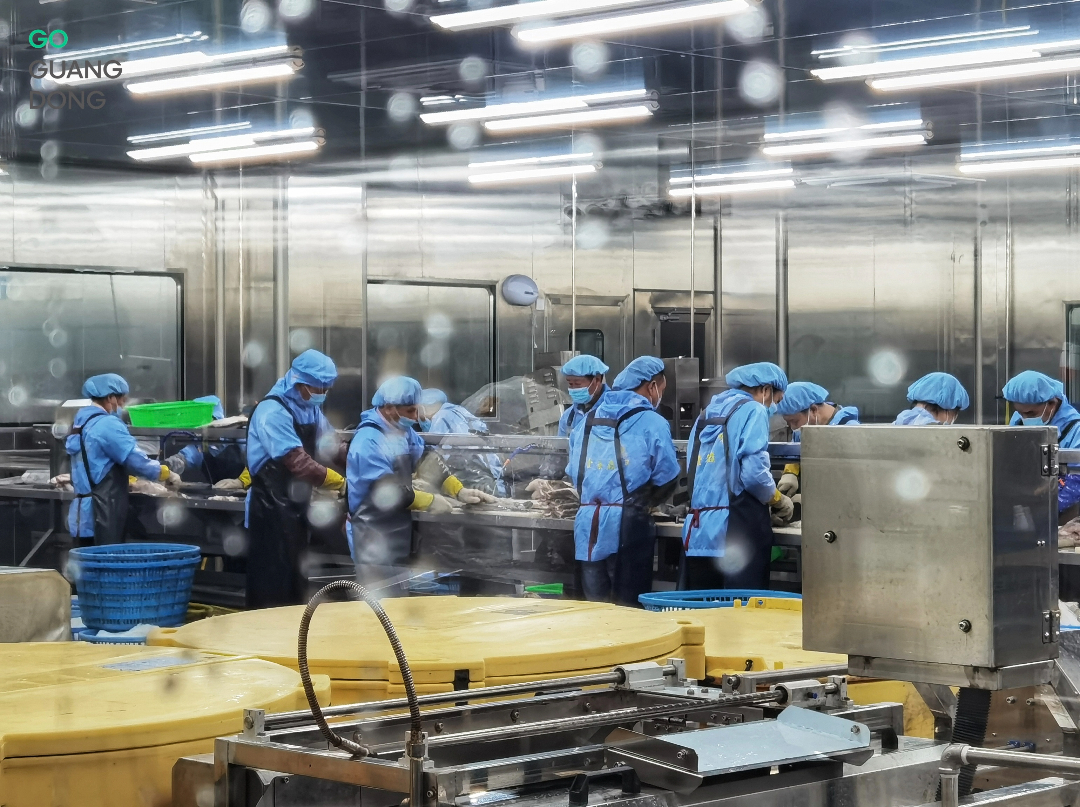
Sea bass production lines
To expand his business, Chen pivoted to deep processing in 2017. Starting from scratch, he invested heavily in research and development. Today, his new factory operates four production lines with a daily capacity of 35,000 to 50,000 kilograms. "We help farmers sell what they grow and contribute to scaling up the industry," Chen notes.
The upgrade happened in every ring of the local industrial chain. On February 18, 2025, China's National Sea Bass Industry Technology System Demonstration Base opened in Sea Bass Industry Demonstration Park. The base delivered its first batch of 3 million high-quality, locally bred sea bass fry, marking a historic breakthrough in ending a three-decade reliance on imported fry from other provinces.
"Local fry have raised survival rates from under 60 percent to over 80 percent," said Tang Jintong, Chairman of Guangdong Yuze Yuan Agriculture Technology Co., Ltd. "For this batch of 3 million fry, that translates into cost savings of 200,000 to 300,000 RMB." Improved fry quality, disease control, and traceability mechanisms are injecting stronger scientific support into the entire industrial chain.
Supportive policies empower young farmers
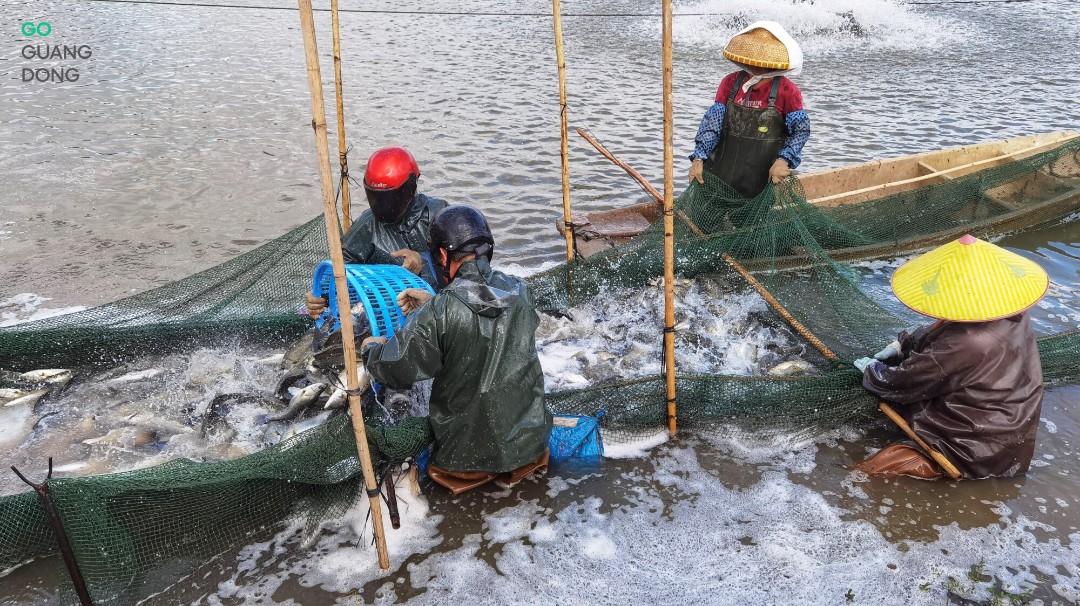
Fish farmers busy harvesting Baijiao sea bass
A complete industrial chain and promising outlook are now drawing more young people to Baijiao. Zeng Wenyong, a Meizhou local who graduated from Guangdong Ocean University in 2017, is one of them. "I majored in aquaculture. Zhuhai's Doumen and Zhongshan are hubs in the aquacultural industry," he said.
He also highlighted that the local government and banks have been very supportive. Diverse loans have been designed to help farmers get financial support for farming and equipment upgrades. "If the price of sea bass is good this year, I'll break even. Fish farming requires patience, waiting for the good market condisions to earn a profit."
By the end of 2023, Zhuhai Agricultural Bank had issued loans totaling 426.83 million RMB to 536 borrowers in the sea bass industry. Customized loan products were also published for farmers and logistics firms to ensure financial support for each segment of the industry.
Government support policies not only focus on long-term development but are also respond to sudden risks. Before a typhoon's possible landing, local agricultural departments notify fish farmers in advance to release pond water. Power supply teams are established to inspect pond electrical grids and guide farmers in maintaining aerators and backup diesel generators. Additionally, government-organized emergency teams are pre-deployed in flood-prone areas, and insurance companies coordinate to open streamlined claim processing channels.
From fry breeding and eco-friendly farming to deep processing, cold-chain logistics, and brand marketing, Baijiao sea bass has established a vertically integrated industry chain. This ecosystem drives economic participation from over 8,000 farming households and creates employment for more than 40,000 people. This fish species has swum its way toward a more prosperous future for local communities.
Reported by Ding Hefei, Zhou Jiyin
Edited by Yin Juewen
Video produced by Luo Yuan, Zhang Qida
Poster produced by Yang Chenyue










